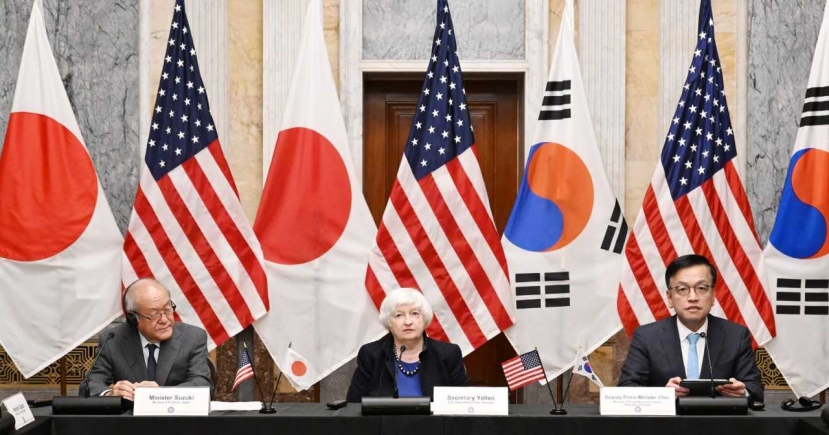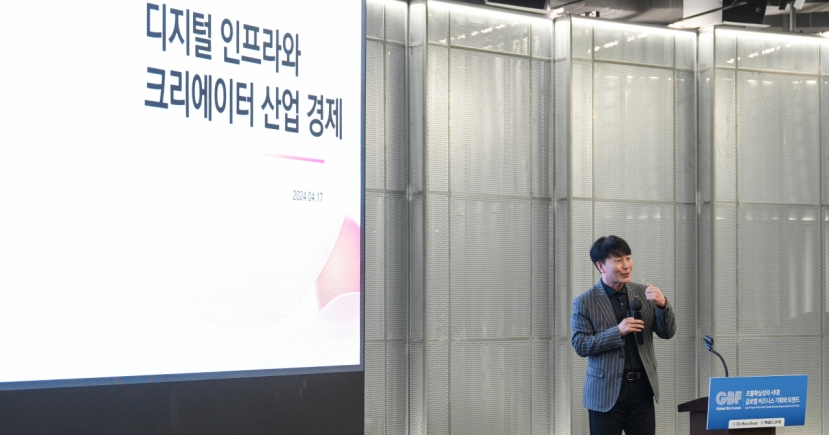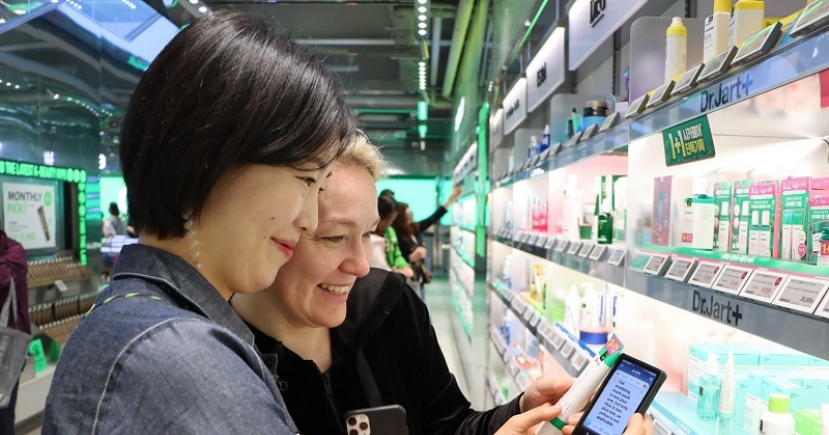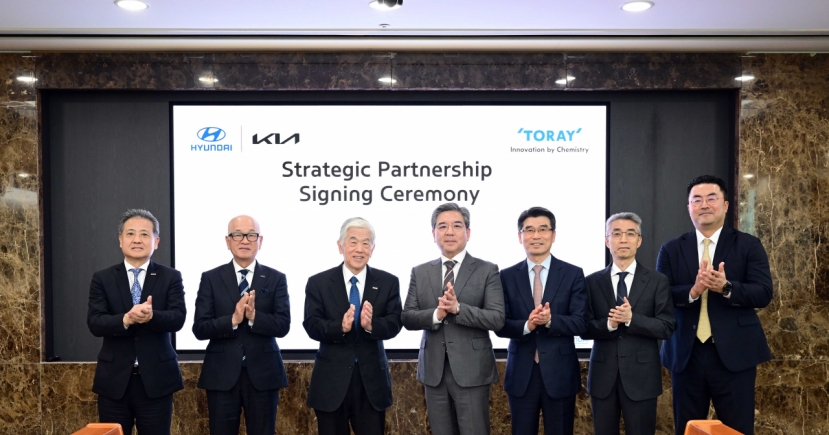Market Now
S. Korean banks’ average capital adequacy ratio slightly up in 2020
 |
Financial Supervisory Service headquarters in western Seoul (Yonhap) |
South Korean banks’ average capital adequacy ratio inched up last year from the previous year, indicating improved financial health amid the COVID-19 pandemic, data from the financial watchdog showed on March 17.
The average ratio of 19 commercial and state-run lenders gained 1.08 percentage points to 15 percent on-year as of end-2020, according to the Financial Supervisory Service.
The capital adequacy ratio, based on the Switzerland-based Bank of International Settlements’ guidelines, widely known as the BIS ratio here, is considered a key barometer of financial soundness as it measures the proportion of a bank’s capital to its risk-weighted assets.
The BIS advises lenders to maintain a ratio of 8 percent or higher, while the nation’s financial authorities set the bar around 10 percent.
While the lenders maintained higher capital adequacy ratios, above the international standard, some banks had low Common Equity Tier 1 ratios, or CET1 ratios, which measure whether a bank can absorb reasonable losses without risk of failure. The low CET1 ratios came despite the adoption of the Basel III standards, which means the banks require a form of capital management.
The state-run Korea Development Bank and the Industrial Bank of Korea adopted the Basel III regulations in the fourth quarter of last year, which involved revisions to calculation systems for capital requirements and credit risks. They were set in the aftermath of the 2008 global financial crisis and agreed upon by financial regulators around the world in 2017. The new regulations lower risk sensitivity for loans to small and medium-sized businesses.
The capital adequacy ratios of the KDB and IBK came to a stable 15.96 percent and 14.89 percent, respectively.
Despite reports that it might pull out of the market after decades here, Citibank Korea boasted the highest ratio among the 19 with 20.06 percent. Internet-only Kakao Bank came in at No. 2 with 20.03 percent. Major commercial banks -- KB Kookmin, Shinhan, Hana, NH NongHyup and Woori -- all came within an average range of 15 percent to roughly 18 percent.
By Jung Min-kyung (mkjung@heraldcorp.com)








